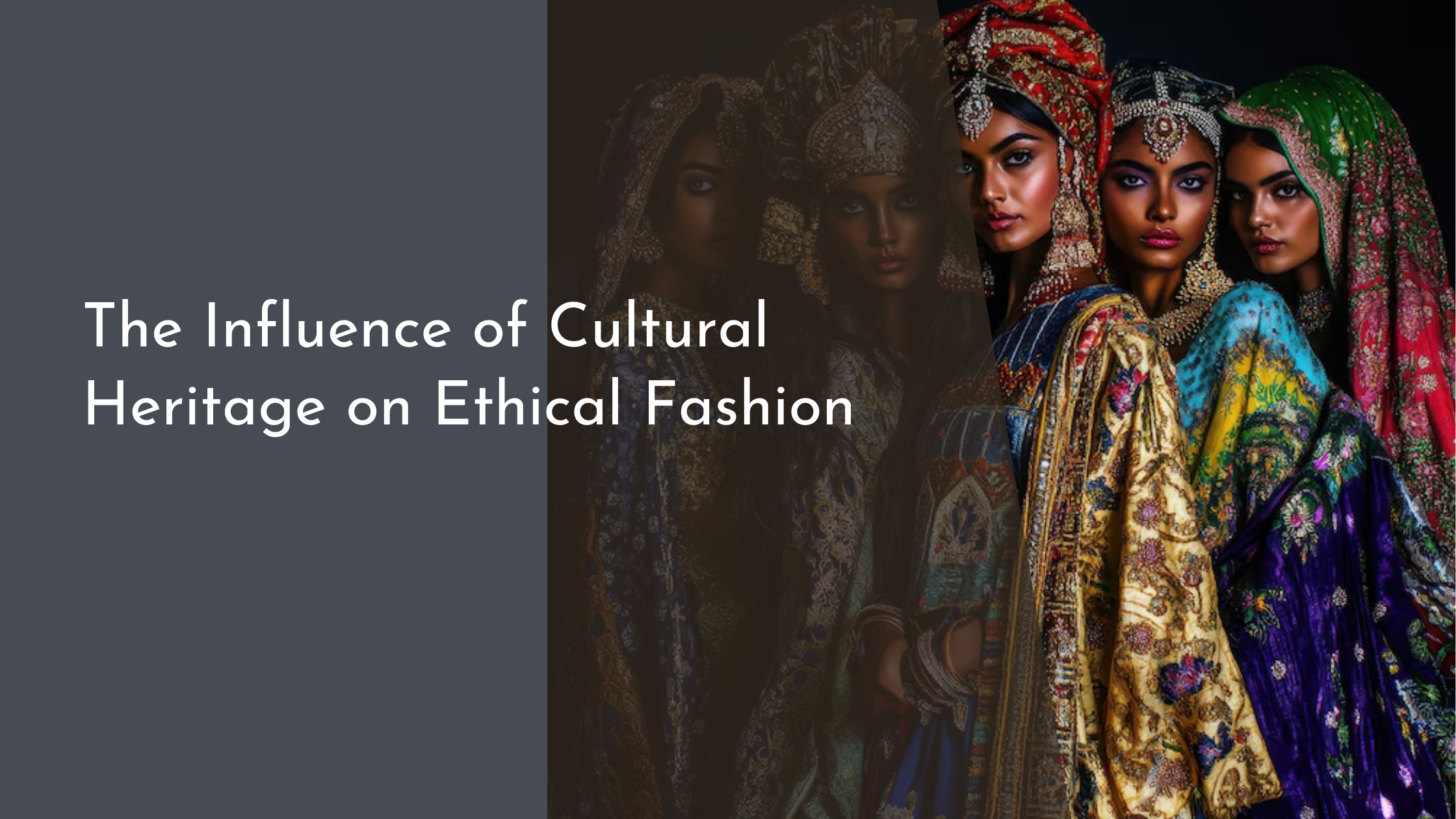The Influence of Cultural Heritage on Ethical Fashion
Cultural heritage is a rich tapestry of traditions, beliefs, and practices passed down through generations. It provides a unique identity to communities around the world, and its influence is increasingly seen in the realm of fashion. As the fashion industry shifts towards more ethical and sustainable practices, cultural heritage emerges as a guiding light. This article explores the interplay between cultural heritage and ethical fashion, highlighting how age-old traditions are being woven into the fabric of modern design, ultimately celebrating heritage and sustainability in unison.
Understanding Cultural Heritage in Fashion
Cultural heritage in fashion encompasses traditional textiles, techniques, and motifs that have been used by various communities for centuries. These elements provide a sense of identity and continuity, linking the past with the present. In many cultures, traditional clothing items carry symbolic meanings that are deeply intertwined with cultural rituals, ceremonies, and social structures. For instance, the intricate embroidery of the Hmong people or the vibrant patterns of African kente cloth are more than mere aesthetic choices — they are storytelling mediums that convey history, values, and beliefs.
Fashion designers across the globe are increasingly turning to cultural heritage as a source of inspiration, seeking to incorporate these rich traditions into modern collections. This trend reflects a growing appreciation for artisanal craftsmanship and the stories embedded within each handcrafted piece. By integrating traditional elements into contemporary designs, designers are not only preserving these cultural legacies but also reimagining them for a global audience. This approach not only enriches the fashion landscape but also fosters cross-cultural understanding and appreciation.
Ethical Fashion: A Growing Global Movement
Ethical fashion is a movement that prioritizes environmental sustainability and social responsibility throughout the fashion production process. It emphasizes the use of eco-friendly materials, fair labor practices, and transparent supply chains. This shift towards more conscientious practices is driven by a growing consumer demand for products that do not harm the planet or exploit workers. Ethical fashion challenges the fast fashion industry, which is notorious for its wastefulness and unethical labor practices, by proposing a more sustainable and humane alternative.
As ethical fashion gains momentum, it is increasingly intersecting with cultural heritage. Consumers are becoming more aware of the stories behind the clothes they wear and are seeking out pieces that have a positive impact on both people and the planet. Ethical fashion brands are collaborating with artisans from around the world to produce garments that honor traditional techniques while adhering to modern ethical standards. This integration not only supports traditional artisans economically but also ensures the preservation of their craft for future generations.
Bridging Tradition with Modern Design Practices
The fusion of traditional craftsmanship with modern design practices creates a unique aesthetic that is both timeless and contemporary. Designers who embrace this approach are able to create pieces that resonate with a global audience while staying true to their cultural roots. This often involves adapting traditional techniques to fit modern silhouettes or experimenting with unconventional materials to bring an ancient craft into a new era. By doing so, designers are able to maintain the integrity of the original craftsmanship while evolving it to meet current fashion trends.
Bridging tradition with modernity is not without its challenges. Designers must navigate the delicate balance of respecting cultural heritage while ensuring that their creations are relevant to today’s market. This requires a deep understanding of the cultural significance of traditional techniques and a commitment to ethical design practices. Successful collaborations between designers and artisans are built on mutual respect and understanding, where both parties are empowered to share their expertise and creativity. This partnership not only produces stunning fashion pieces but also strengthens the cultural ties that bind communities together.
Celebrating Heritage and Sustainability Together
The intersection of cultural heritage and ethical fashion offers a powerful opportunity to celebrate both heritage and sustainability. By honoring traditional techniques and materials, fashion can become a vehicle for cultural expression and preservation. When consumers purchase ethically made fashion that incorporates cultural heritage, they are supporting a system that values both people and the planet. This holistic approach fosters a deeper connection between the consumer and the garment, transforming clothing from a disposable commodity into a cherished piece with a powerful story.
Sustainability and cultural heritage are not mutually exclusive; in fact, they complement each other beautifully. Many traditional practices inherently embody sustainable principles, such as the use of natural dyes or handwoven fabrics, which have a lower environmental impact compared to industrial processes. By integrating these practices into ethical fashion, designers are not only reducing their environmental footprint but also championing cultural diversity and creativity. This celebration of heritage and sustainability sets a positive example for the fashion industry, paving the way for a more conscious and inclusive future.
As fashion continues to evolve, the fusion of cultural heritage and ethical practices holds immense promise for creating a more sustainable and inclusive industry. By drawing on the rich traditions of the past, designers are crafting garments that speak to the values and aspirations of today’s consumers while ensuring that the stories and skills of previous generations are not lost. This harmonious blend of heritage and sustainability not only enriches the fashion world but also fosters a deeper appreciation for the diverse cultural narratives that shape our global society.


